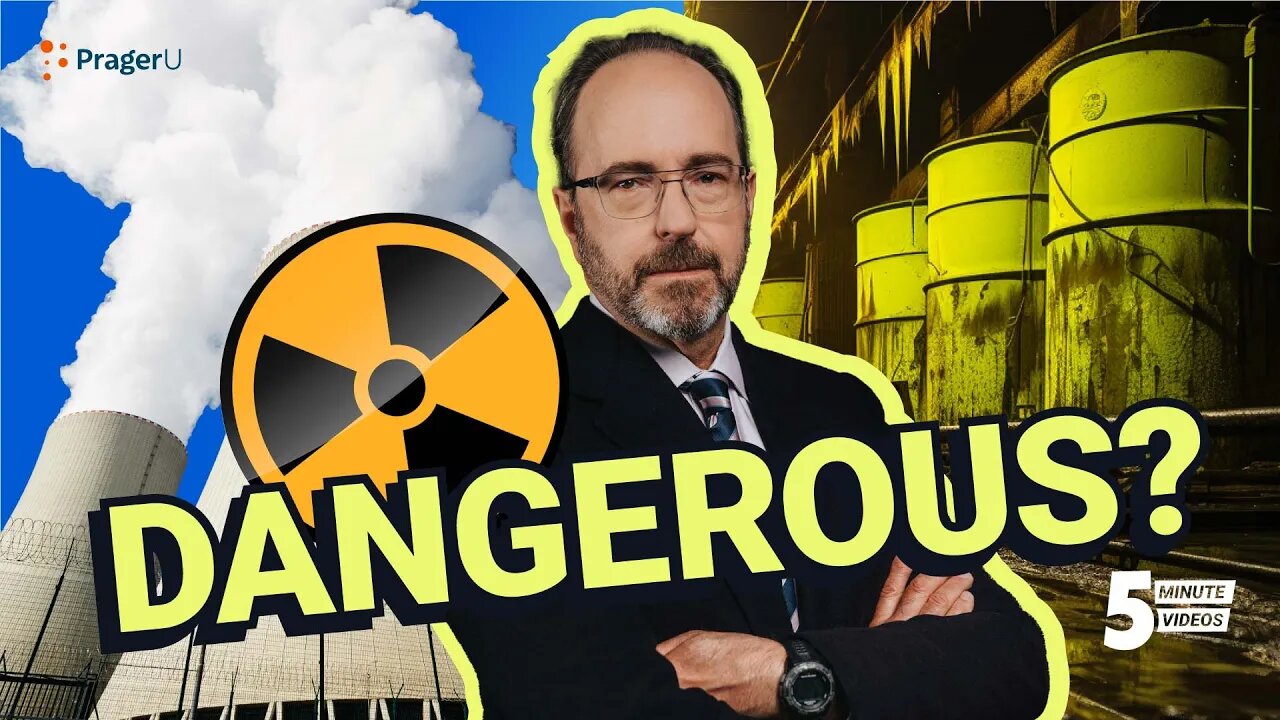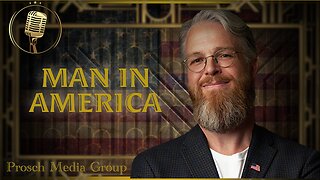Premium Only Content

How Dangerous Is Nuclear Waste?
Even environmentalists concede that nuclear power is a clean source of abundant, reliable energy. But they stop short of supporting it. Why? Because of the “waste problem.” But how real are their concerns? James Meigs, senior fellow at the Manhattan Institute, answers this question.
Script:
Whenever I talk to people about the benefits of nuclear power—how dependable, how efficient, how clean it is—I’m always challenged with this: Yeah, but what about the waste?
Their question is hardly surprising.
The New York Times claims that the U.S. is “awash in radioactive waste.”
The Los Angeles Times writes that “figuring out where and how to safely store radioactive waste is one of the biggest obstacles to nuclear power…”
And Wired magazine warns that even our next generation of reactors “may still have a big nuclear waste problem.”
And so it goes.
Even though the greenest of Greens will admit that nuclear power is a clean source of abundant, reliable energy, many stop short of supporting it.
The nuclear “waste” problem ends discussion before it begins.
After all, why develop this great source of energy if it’s going to poison our air and water with deadly radioactivity?
There’s only one problem with this well-worn disaster scenario. It’s not true.
The nuclear “waste” problem is a myth.
How so?
Let’s start with what nuclear waste actually is or to be more precise what it isn’t.
It’s not a green goo oozing out of rusted barrels like you see on the Simpsons. That’s literally a cartoon.
The real radioactive stuff—usually Uranium-235—comes in hard ceramic pellets. A single pellet contains more energy than a ton of coal or three barrels of oil. Ten pellets can power a typical American home for a year.
These pellets are stacked into narrow, very strong tubes made from zirconium, a natural element much stronger than steel. These are the fuel rods.
For the full script, visit: https://l.prageru.com/3Kc4MHw
#nuclear #energy #power
-
 0:55
0:55
PragerU
4 days agoLeBron James: “Ain’t no party like a Diddy party!”
7.79K5 -
 1:21:34
1:21:34
Josh Pate's College Football Show
1 day ago $12.31 earnedWeek 11 Reaction Show: Alabama Rolls LSU | Ole Miss Owns UGA | Miami Falls | AP Poll vs JP Poll
38.5K3 -
 30:01
30:01
Shrouded Hand
1 day ago $8.91 earnedThree Disturbing Missing Child Cases
26.1K8 -
 8:27
8:27
Rethinking the Dollar
18 hours agoHow to Navigate the Crypto Boom vs. Metals Drop in 2024
16.8K4 -
 1:00:23
1:00:23
PMG
16 hours ago $6.04 earned"The Dark Alliance of Big Pharma & Big Food w/ Dr. Tenpenny"
15.1K3 -
 0:44
0:44
OfficialJadenWilliams
13 hours agoiPhone password
9.45K9 -
 13:16
13:16
Degenerate Jay
14 hours ago $5.86 earnedHow Stellar Blade Did Outfits Right
28.9K13 -
 1:01:55
1:01:55
Bright Insight
9 days agoAncient Apocalypse Review LIVESTREAM
110K81 -
 1:03:31
1:03:31
Steve-O's Wild Ride! Podcast
4 days ago $19.82 earnedDave Mustaine Takes Sh*t From Nobody - Wild Ride #242
53.4K23 -
 6:57:29
6:57:29
MissesMaam
9 hours agoRumblers Survive Cannibals and Mutants | Sons of the Forest 💚✨
40.5K